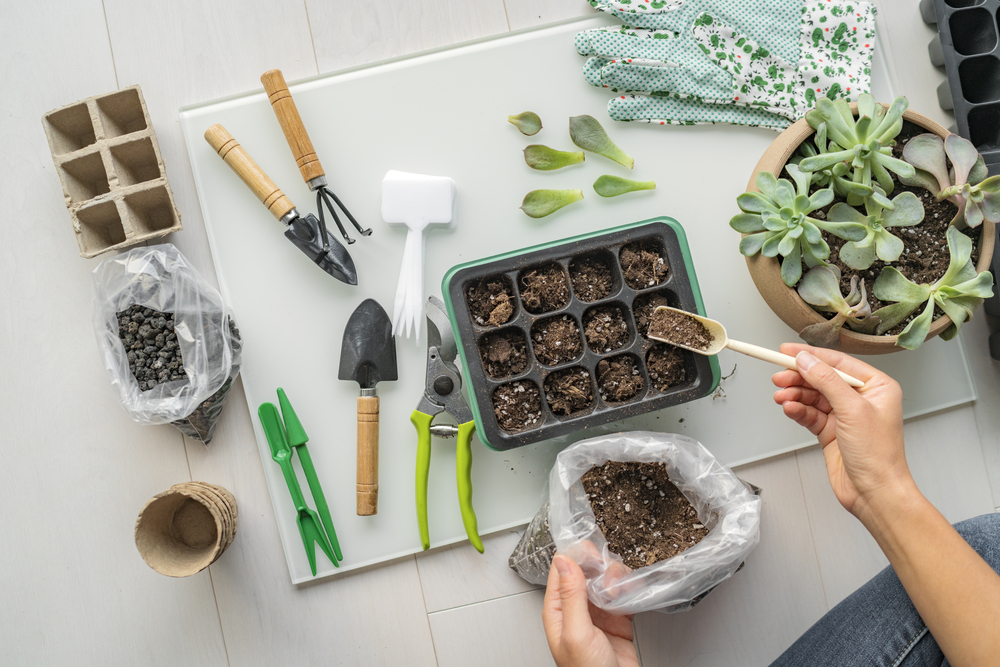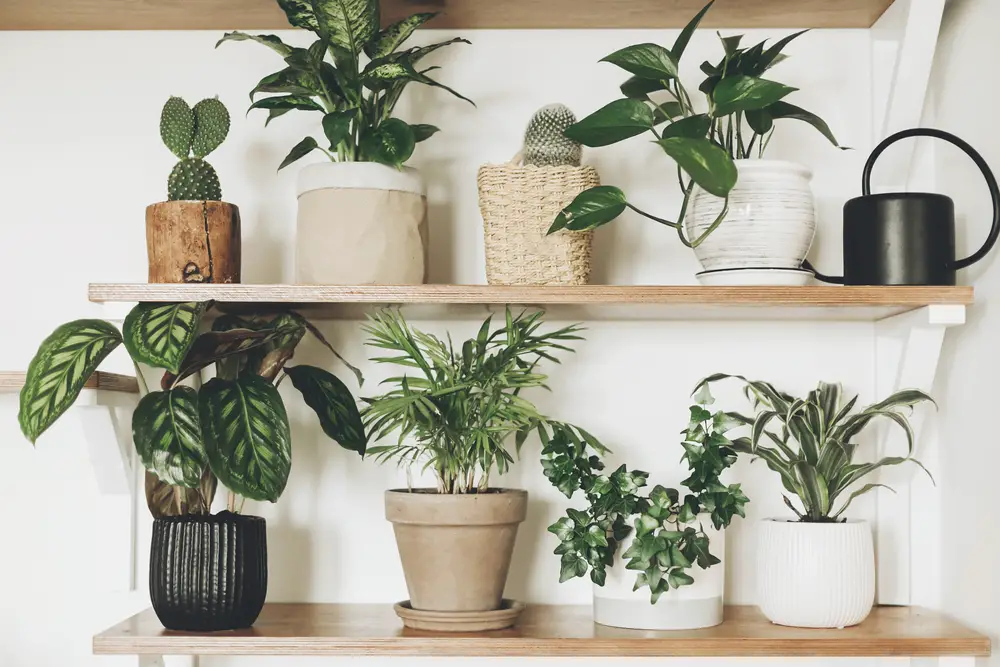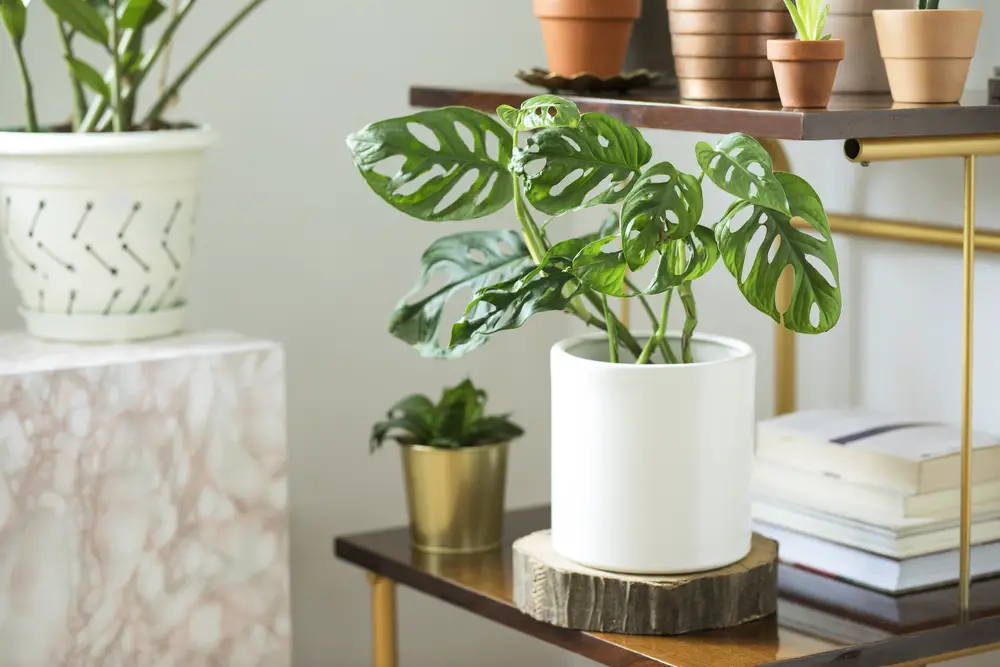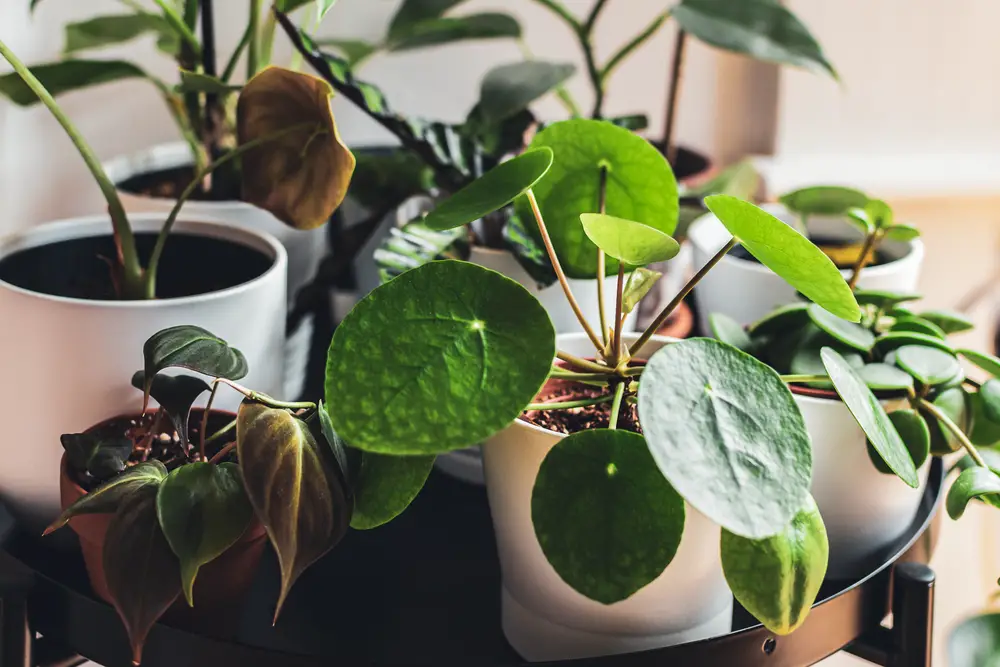Last Updated on May 21, 2024 by Plantiful Interiors
House Plants Propagation: Growing Your Plant Family From a Single Leaf
Indoor plants not only enhance the aesthetic appeal of our homes but also provide numerous health benefits and improve the overall well-being of the occupants.
While purchasing new plants is exciting, there is something truly special about propagating your own indoor plants.
This post contains affiliate content. As an affiliate partner of various brands, we earn commissions on qualifying purchases, at no extra cost to you. Please read our disclaimer for more information.
Indoor plants propagation allows you to expand your collection without breaking the bank and gives you the satisfaction of witnessing new life sprout from a single leaf.
In this article, we will explore the art of indoor plants propagation, providing you with practical tips and techniques to successfully propagate your favorite houseplants.
A Comprehensive Guide To House Plants Propagation
1. Understanding House Plants Propagation
Propagation is the process of reproducing new plants from existing ones.
Indoor plants can be propagated through various methods, including stem cuttings, leaf cuttings, division, layering, and seed propagation.
Each method has its own unique requirements and techniques, but the principles of providing the right environment, care, and patience remain constant.
2. Selecting the Right Plants for Propagation
Not all indoor plants can be easily propagated, so it’s important to choose plants that are known for their propagation success.
Related: The Ultimate Guide to Choosing Indoor Plants for House
Some common houseplants that are relatively easy to propagate include pothos, snake plants, spider plants, philodendrons, and succulents.
These plants are hardy and forgiving, making them perfect for beginners.
3. Creating the Ideal Propagation Environment
Proper environmental conditions are crucial for successful indoor plant propagation.
We’ll discuss the essential elements, including lighting, temperature, humidity, and soil conditions, that will support the growth of healthy roots and new plants.
4. Nurturing Your Propagated Plants
Once you have successfully propagated your indoor plants, it’s important to provide them with the care they need to thrive.
5. Patience and Celebrating Success
House plants propagation can be a rewarding journey, but it’s not without its challenges.
It is a process that requires patience.
Not all cuttings will root successfully, and it may take several weeks or even months to see visible growth.
However, celebrating even the smallest successes along the way will keep you motivated and eager to expand your indoor garden.
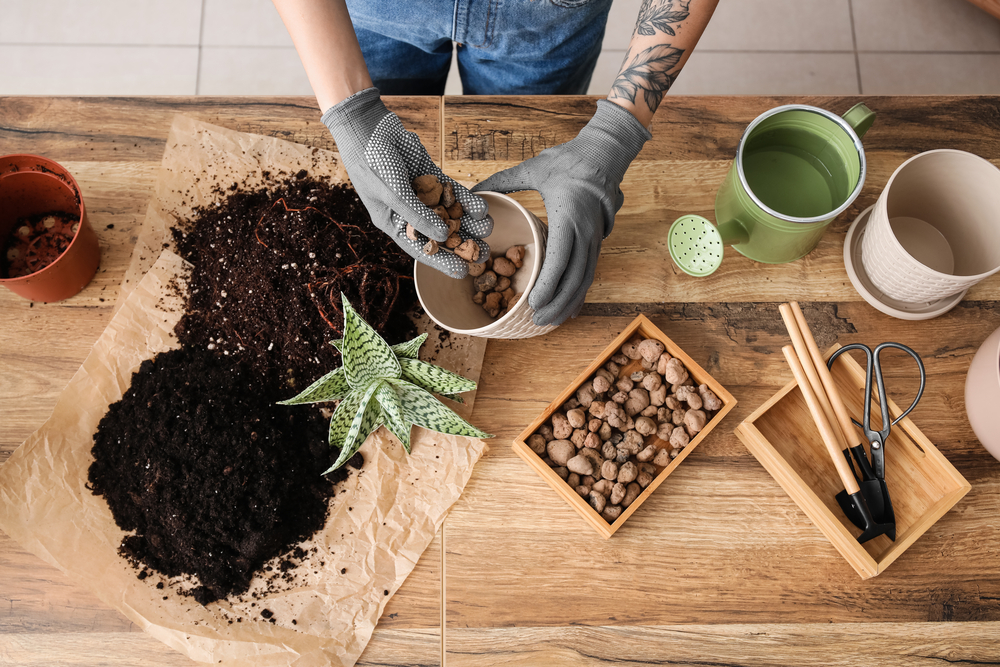
4 House Plants Propagation Techniques To Use
1. Stem Cuttings
Stem cuttings involve taking a section of the plant stem and rooting it to create a new plant.
This method is commonly used for plants like pothos, philodendrons, and coleus.
2. Leaf Cuttings
Leaf cuttings involve removing a leaf from the mother plant and encouraging it to produce roots and a new plant.
African violets, jade plants, and begonias are often propagated using leaf cuttings.
3. Division
Division is the process of separating the roots and shoots of a mature plant to create multiple individual plants.
This method is suitable for plants with clumping or rhizome-like growth patterns, such as ferns, peace lilies, and bamboo.
4. Layering
Layering involves encouraging a stem or branch of a plant to root while still attached to the mother plant.
This method works well for plants like rubber trees and dracaenas.
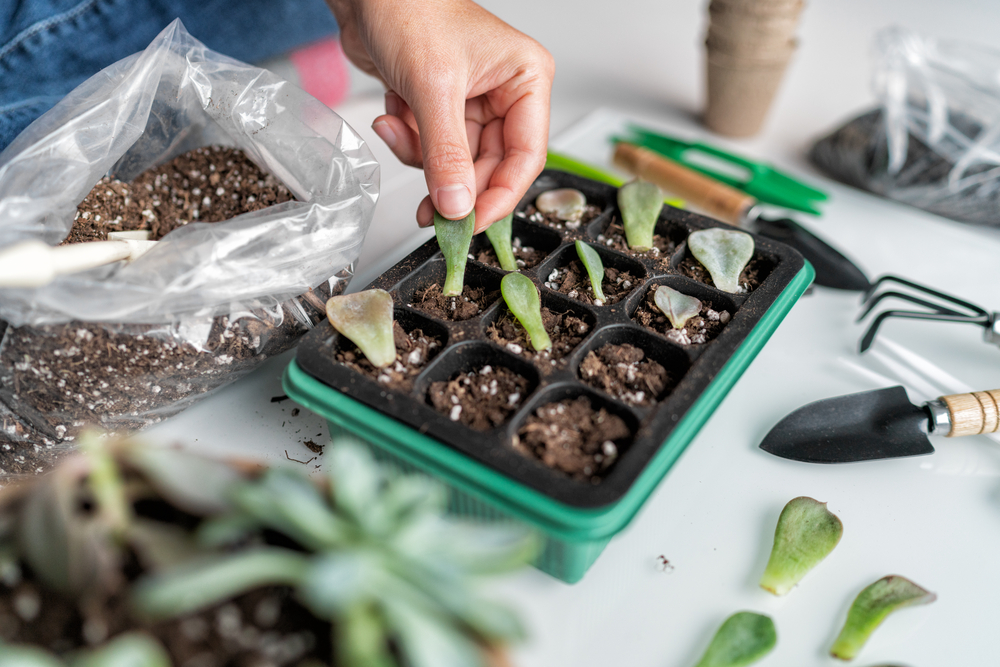
5 Common Mistakes to Avoid When Propagating House Plants
Propagating house plants can be a fun and rewarding experience, but it’s important to avoid these common mistakes.
Related: How to Pick the Best Air Purifying Indoor Plant for Your Home
Avoid these common house plants propogration mistakes and learn how to propagate like a pro!
1. Not using the right tools or materials
One of the most common mistakes when propagating house plants is not using the right tools or materials.
It’s important to have sharp, clean scissors or pruning shears to make clean cuts on the parent plant.
Using dull or dirty tools can damage the plant and increase the risk of infection.
Additionally, using the wrong type of soil or not providing enough moisture can also hinder successful propagation.
Make sure to use a well-draining soil mix and keep the soil moist but not waterlogged.
2. Overwatering or underwatering the plant
Another common mistake when propagating house plants is overwatering or underwatering the plant.
It’s important to find the right balance of moisture for the specific plant you are propagating.
Some plants may require more frequent watering while others may prefer to dry out slightly between waterings.
Be sure to research the specific needs of the plant and monitor the soil moisture regularly to avoid this mistake.
Overwatering can lead to root rot and underwatering can cause the plant to dry out and die.
3. Not providing enough light or warmth
When propagating house plants, it’s important to provide the right amount of light and warmth for the specific plant you are propagating.
Some plants may require bright, direct sunlight while others may prefer indirect or low light.
Similarly, some plants may require warmer temperatures while others may prefer cooler temperatures.
Be sure to research the specific needs of the plant and provide the appropriate amount of light and warmth to avoid stunting growth or causing the plant to die.
4. Using the wrong propagation method for the plant
One common mistake when propagating house plants is using the wrong propagation method for the specific plant.
Some plants may propagate best through stem cuttings, while others may do better with leaf cuttings or division.
It’s important to research the best propagation method for the specific plant you are working with to ensure the best chance of success.
Using the wrong method can result in a failed propagation attempt or a plant that doesn’t thrive.
5. Not being patient enough and giving up too soon
Propagating house plants takes time and patience.
It’s important to remember that not all cuttings will root and not all plants will survive the propagation process.
Related: Create Your Own Handmade DIY Indoor Plant Stand: A Step-by-Step Guide
It’s easy to get discouraged if you don’t see immediate results, but it’s important to give the process time and not give up too soon.
Some plants may take weeks or even months to root and establish themselves, so be patient and keep an eye on your cuttings.
Wrapping Up House Plants Propagation
House plants propagation is a rewarding and fulfilling endeavor that allows plant enthusiasts to expand their indoor garden and connect with the natural world in a deeper way.
By understanding the various propagation techniques and providing the right conditions, you can transform a single leaf or stem cutting into a thriving plant, creating a sense of accomplishment and pride.
Remember, propagation is not just about the end result, but also about the journey of nurturing and witnessing new life emerge.
So, roll up your sleeves, gather your gardening tools, and embark on the exciting adventure of indoor plant propagation.
With patience, care, and a little green thumb magic, you’ll soon find yourself surrounded by a flourishing collection of plants that you’ve propagated with your own hands.
Happy propagating!

